
Accidental Presidents
Book
This New York Times bestselling "deep dive into the terms of eight former presidents is chock-full...
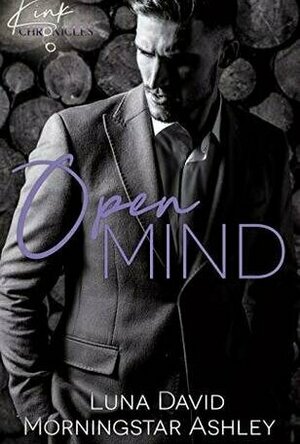
Open Mind (Kink Chronicles #1)
Book
At twenty-eight, Jamie Gray has realized his dream of becoming a traveling nurse. After years of...
BDSM MM Contemporary Romance
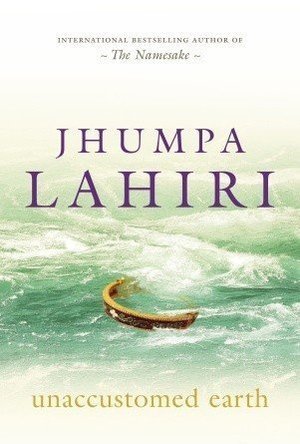
Unaccustomed Earth
Book
Eight stories—longer and more emotionally complex than any Lahiri has yet written—that take us...
India immigrants short stories
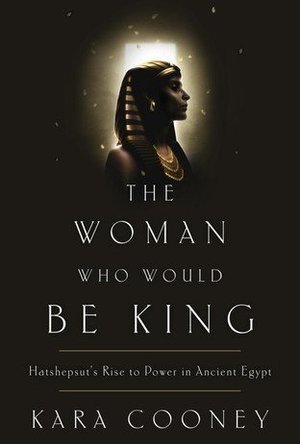
The Woman Who Would Be King: Hatshepsut's Rise to Power in Ancient Egypt
Book
An engrossing biography of the longest-reigning female pharaoh in Ancient Egypt and the story of her...
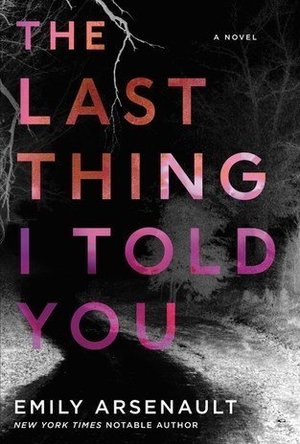
The Last Thing I Told You
Book
I hear myself whispering. Not again. Not again. Why did I ever come back here? Surely because of...
fiction suspense thriller
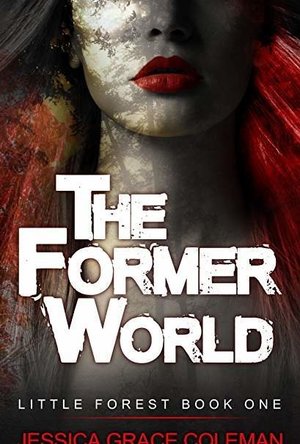
The Former World
Book
Little Forest is one small village among a few town in a small area in England. Beth and her best...
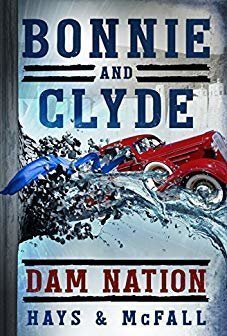
Bonnie and Clyde: Dam Nation
Clark Hays and Kathleen McFall
Book
THE REDEMPTION OF BONNIE AND CLYDE Saving the working class from a river of greed. The year is...
series fiction alternative history Bonnie & Clyde Bonnie and Clyde
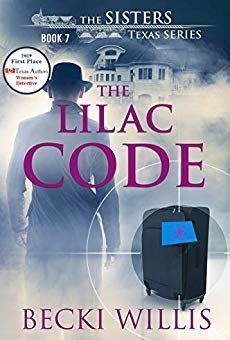
The Lilac Code: The Sisters, Texas Mystery Series Book 7
Book
Will a case of mistaken identity be the death of her? Madison Reynolds is looking forward to a...
series fiction adult mystery cozy mystery murder

Born of Vengeance
Book
'A publishing phenomenon... [Sherrilyn Kenyon] is the reigning queen of the wildly successful...
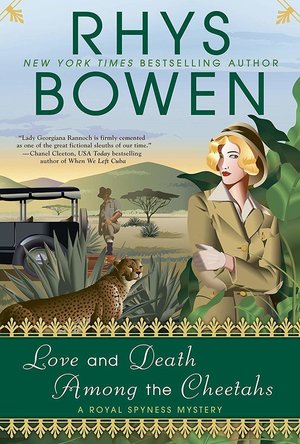
Love and Death Among the Cheetahs
Book
Georgie and Darcy are finally on their honeymoon in Kenya's Happy Valley, but murder crashes the...